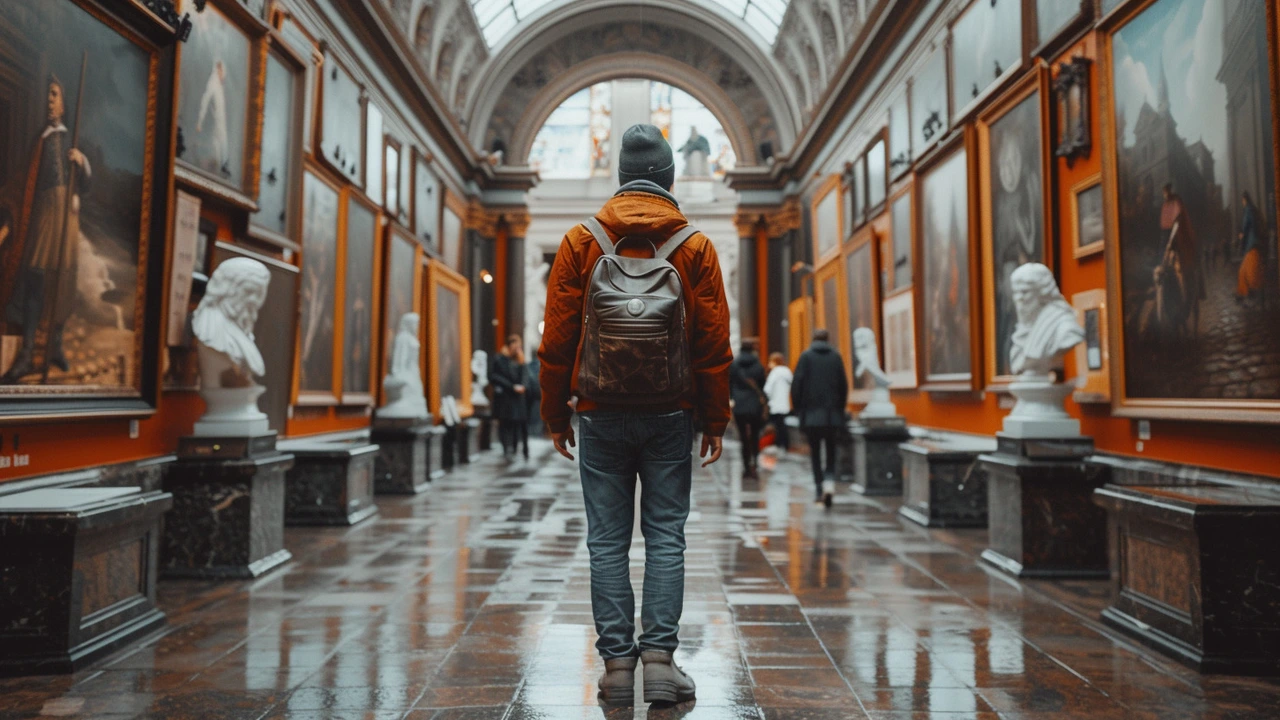Art Interpretation: Read Paintings, Symbols & Meaning
Want to get more from a painting, photo, or installation? Start by looking like you mean it. Slow down, take in the whole piece, and let your eyes map the big shapes, colors, and where the eye is pulled. That first glance gives you the mood; your next steps give you the meaning.
5 Simple Steps to Interpret Any Artwork
1) Observe first: note size, medium, colors, light, and focal points. Is the canvas huge or a small sketch? Oil vs. watercolor changes how you read detail. 2) Describe what you see without meaning: list objects, figures, or repeated shapes. Keep it literal—no guesses yet. 3) Ask context questions: who made it, when, and why might they have created it? A war-era poster reads differently from a modern gallery piece. 4) Look at technique and choice: messy brushstrokes often signal emotion; neat realism can aim for truth or trick the eye. 5) Connect feeling and idea: combine your facts and guesses into a working interpretation, then test it by looking for evidence in the work.
Try these steps at a museum or on your phone. Pick one rule at a time—observe only, then describe only—so your brain trains in stages. You’ll notice faster and think clearer after a few tries.
Common Signs, Symbols and What They Often Mean
Colors: red can mean danger, love, or power depending on context; blue can be calm or cold. Objects: clocks often hint at time or mortality; doors can suggest escape or opportunity. Faces and gestures tell stories—tilted heads can show doubt, direct gaze can challenge the viewer. Repetition (many windows, repeated figures) usually emphasizes a theme like routine or pressure.
Beware of quick assumptions. A skull might signal death in one painting and a joke in another. Always look for matching clues: color, placement, and how the artist treats the object.
Practical practice: pick a familiar artwork and write a one-paragraph interpretation using the five steps. Then read a catalog text or plaque and compare. Where did you match? Where did you miss context? That mismatch is where learning happens.
Want to get sharper fast? Visit local galleries, read short artist statements, and talk to other viewers. Interpretation isn’t a test with one right answer—it’s a skill. The better your observations and questions, the better your interpretations will be.


